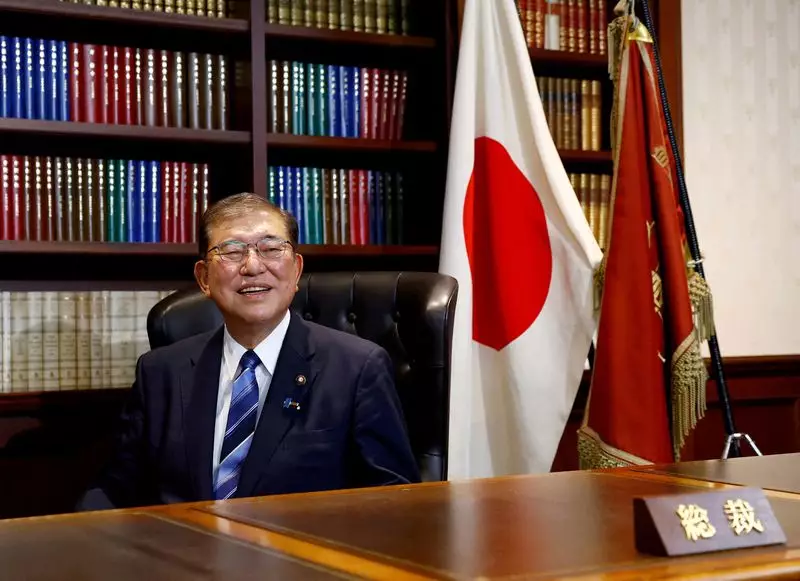With the recent ascendance of Shigeru Ishiba to the role of Japan’s Prime Minister, there are significant expectations regarding the nation’s approach to economic challenges. Ishiba’s election represents not just a change in personnel but also a potential shift in policy direction. While he has previously criticized aggressive monetary easing by the Bank of Japan (BOJ), his latest remarks suggest a convergence towards maintaining a supportive economic environment amidst emerging economic pressures.
In his public statements, Ishiba emphasized the importance of an accommodative monetary policy. He underlines that the BOJ, tasked with ensuring price stability, must coordinate closely with the government. This collaboration is crucial as Japan navigates its way through a delicate recovery phase, marked by heightened living costs and a potential risk of deflation. Ishiba’s approach seems to strike a balance; while he acknowledges the need for supportive measures, he stops short of outright opposing further interest rate adjustments that the BOJ may consider necessary.
Over the past few months, the BOJ has undertaken pivotal steps, including the termination of negative interest rates and a gradual increase in short-term borrowing costs. This realignment from a prolonged period of extreme quantitative easing reflects a broader objective aimed at returning Japan to a more normalized economic state where inflation can consistently meet its 2% target. Yet, the path to reaching that target remains fraught with challenges, particularly as consumer spending shows signs of frailty.
Ishiba is also focusing on fiscal policy as a matter of priority, particularly the need for measures designed to support low-income households facing rising costs. Recognizing the socio-economic disparity exacerbated by inflationary pressures, his proposed initiatives aim to alleviate the burdens on those most affected. This strategy not only aims to provide immediate relief but also seeks to enhance overall consumer confidence, which is essential for sustainable economic growth.
Moreover, the timing of Ishiba’s implementation of fiscal measures will be critical. Introducing a comprehensive support package promptly can reinforce economic stability and confidence, particularly when the global economic landscape remains uncertain. This proactive stance could bolster his administration’s credibility and demonstrate an understanding of grassroots economic issues.
As Ishiba prepares to take office, his policy framework appears centered on fostering cooperation between governmental and monetary authorities, ensuring that the tentative economic recovery does not falter. His dual focus on accommodative monetary policy and targeted fiscal measures reflects a deeper understanding of the interdependencies within Japan’s economy. Observers will be keen to see how effectively Ishiba can navigate the complexities of domestic and international pressures while steering Japan towards a resilient economic future. The coming months may well prove pivotal in determining the direction of the nation under his leadership.

